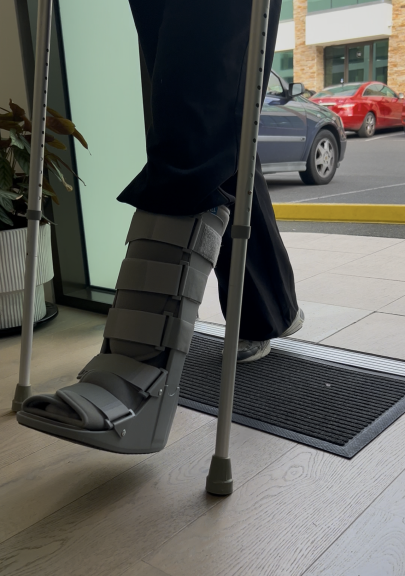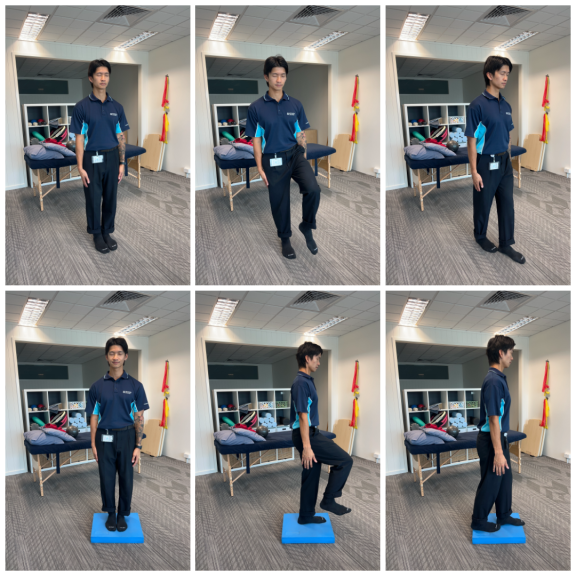Have you ever felt a twinge or maybe more in your hamstring? It might have been from something as simple as running across the street to make the lights? Or maybe you were feeling good and pushing for a new personal best in the gym or out for a run?

However it happened, you definitely aren’t alone, the incidence of hamstring strains can be as high as 5 players per season per team in some cases (1) with a reoccurrence rate of 34%. So welcome, kick your feet up (unless that hurts) and let’s do a deep dive into the best and worst ways to recover from a hamstring injury.
The number one mistake people will make is to not respect the injury. Depending on the degree of muscle damage that has occurred you are looking at 3 to 6 months of recovery. During this time the body will undergo processes of “cleaning up” the dead/damaged cells and generating new blood vessels and tissue. These are complex tasks that cannot be sped up, but can most certainly be slowed down! If you start to get confident with your injury and want to “test it out” or “see how it goes” you risk damaging healing tissues and setting yourself back, which is the equivalent of picking at a scab while a cut is healing.
The second mistake people will make is too much too soon. While it’s fantastic to be working with highly motivated people, the recovery for a hamstring tear is similar to that of walking a tightrope, the muscle needs to me moved and loaded enough to promote healing and recovery but not so much that we end up doing more harm than good.
The third mistake people make is forget maintenance of strength. It’s very easy to get tunnel vision when it comes to injury and focus on the injured muscle and getting it back to strength but the trap people can fall into is that they will have a fantastic hamstring but the rest of their leg (and whole other leg) has been deconditioned from doing nothing for the past few months. When this happens, it can not only delay the return to sport but it can also lead to injuries in other muscles and joints.
So now that we have what not to do out of the way, before we talk about what to do it is important to mention that while this is based on the best current evidence it is still a “one size fits all” type of advice so it may not be best for your exact presentation.
Loading the hamstring early is the first tip, (this is where the tightrope analogy comes back into play) Hickey et al. (1) showed that inclusion of early eccentric hamstring exercises led to greater hamstring strength and length down the track (2). Timeframes for recovery were similar but by choosing tailored exercise and load to put through the hamstring allowed for better results.
It wouldn’t be a hamstring rehabilitation program if we didn’t talk about the infamous Nordic hamstring exercise… The Nordic has come under fire recently for not being a functional exercise but you could argue that what it DOES do, is does VERY well. The Nordic has good evidence as an injury prevention tool (3) and as a means of increasing muscle length and strength. For these reasons, Nordics will still remain a staple for rehabilitation but it is important to combine them with sport/task specific training.
References:
- Br J Sports Med (2009), 45(7), 553-558
- J Sci Med Sport (2017), 20, 11-12
- Am J Sports Med (2011), 39(11), 2296-2303













